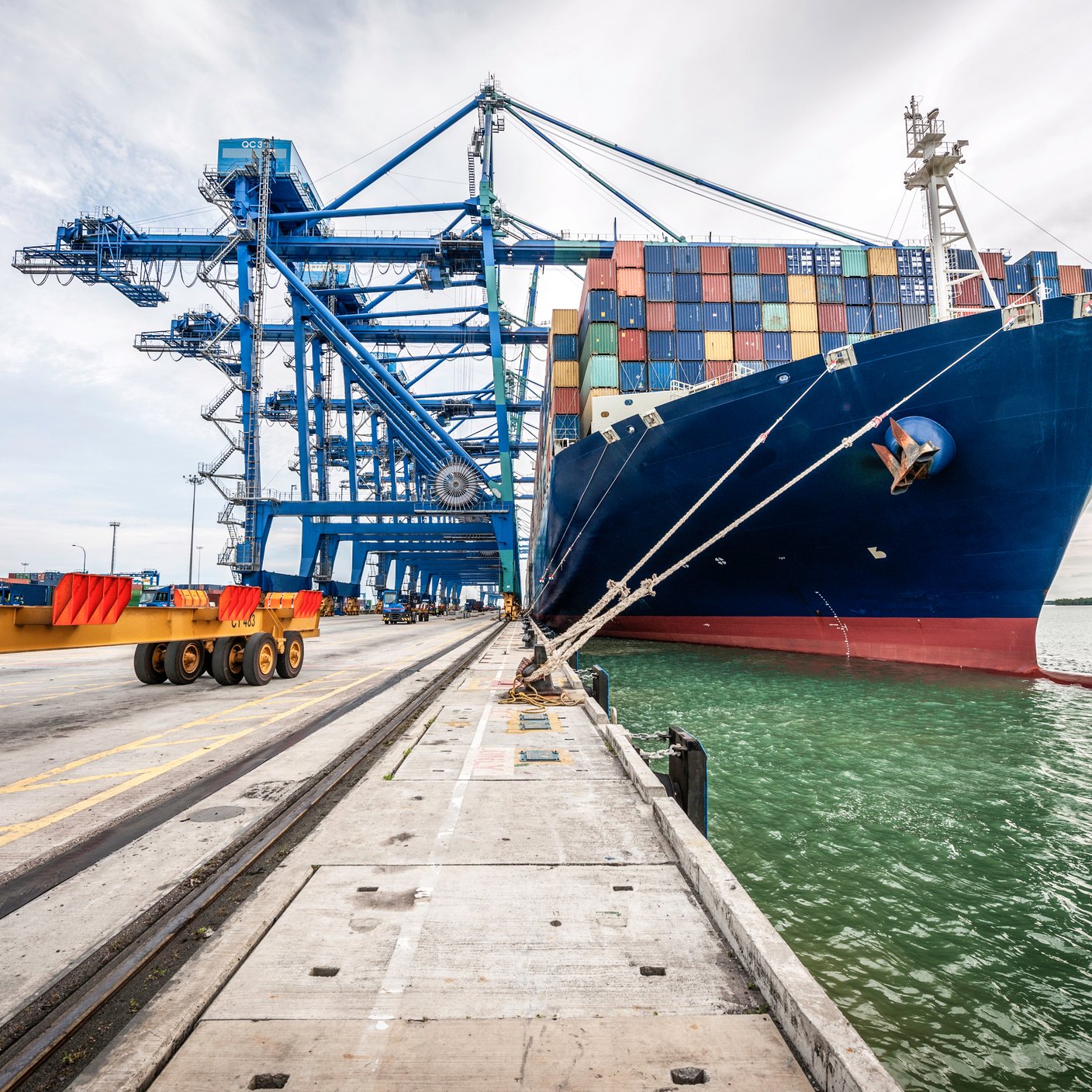Organizations focus heavily on upstream supply chain risks, with tariffs, infrastructure limitations, and sourcing challenges dominating the conversation. But there's been a more subtle shift in downstream supply chains over the past three to five years that merits equal attention and the same integrated risk management approach.
Consumer expectations are driving big changes in how products reach their final destination. Consumers demand multiple purchasing options: direct online sales, physical stores, and retailer websites. This trend spans all industries, from business-to-business sales to pharmaceuticals, creating increasingly complex downstream operations.
When one becomes many
The movement toward multiple distribution channels means organizations must manage more complex downstream supply chains:
- Instead of relying on a single transportation provider, organizations now need three, four, or five different logistics partners.
- More warehousing facilities become necessary.
- The number of actors in the supply chain multiplies considerably.
For example, a cardboard box manufacturer may need to ship directly to grocery stores, to warehouses that distribute to stores, and to multiple specialty distributors.
This pressure of using multiple distribution channels creates a cascade of new risks:
- Transportation capacity constraints: More trucks on the road carrying products increases exposure to delays and theft. In-transit cargo theft accounted for 32% of incidents in H1 2025, per BSI Connect Screen Intelligence data. In the US, securing trucking capacity has become extremely difficult, leaving companies vulnerable to fraud and cargo theft schemes as they desperately seek available transportation.
- Supplier capability gaps: Organizations often work with smaller suppliers who lack contingency plans or adequate inventory buffers. This exposes organizations to disruptive risks that didn't exist with larger, more established distribution partners.
- Rapid onboarding risks: Organizations fast-track supplier onboarding without proper risk assessment, creating vulnerabilities that emerge later as expensive operational failures. More than half (54%) of organizations experienced a significant supply chain disruption in the past 12 months, yet fewer than 1 in 3 had the systems, data, or response structures in place to mitigate the downstream impact in real time. The problem is exacerbated by limited visibility: 22% of Chief Product Officers (CPOs) and Chief Supply Chain Officers (CSCOs) cite global supply chain complexity as a major barrier to achieving sub-tier transparency, leaving organizations unaware of risks lurking deeper in extended networks.
The integrated approach to downstream risk management
Successfully managing these downstream challenges requires the same cross-functional collaboration that works for upstream risks. Organizations cannot manage distribution complexity in silos.
Team coordination includes:
- Logistics and transportation teams must clearly define requirements and assess capacity constraints.
- Sourcing and procurement teams need to evaluate supplier capabilities and risk profiles upfront.
- Security teams should be involved in route planning and supplier security assessments.
- Operations teams require protocols for managing multiple distribution relationships simultaneously.
Recommendations
Treat downstream transformation as seriously as upstream supply chain changes. The headlines focus on tariffs and sustainability regulations affecting sourcing, but distribution model changes deserve equal attention and the same integrated risk management approach organizations apply to upstream operations. Ask your team the following questions:
- How does increased trucking expose us to theft and fraud?
- Can our smaller logistics partners maintain contingency plans?
- Are we conducting proper risk assessments before onboarding new distribution partners?
- Do we have escalation procedures when distribution networks fail?
Building an appropriate supply chain risk management framework includes managing both upstream and downstream operations. One cannot succeed without the other.








